Blockchain. Non-fungible…Rainbow flying Nyan cats.
If you’ve been trying to follow the world of everything digital, there’s no doubt that you’ve already heard so many talking about NFTs. With so many seemingly random components involved, it’s likely done your head in. But with almost $41 Billion USD in crypto spent on NFT marketplaces in 2021, it’s worth paying attention to.
As fellow followers of anything happening in the marketing and digital space, let us try to explain.
What is an NFT, really?
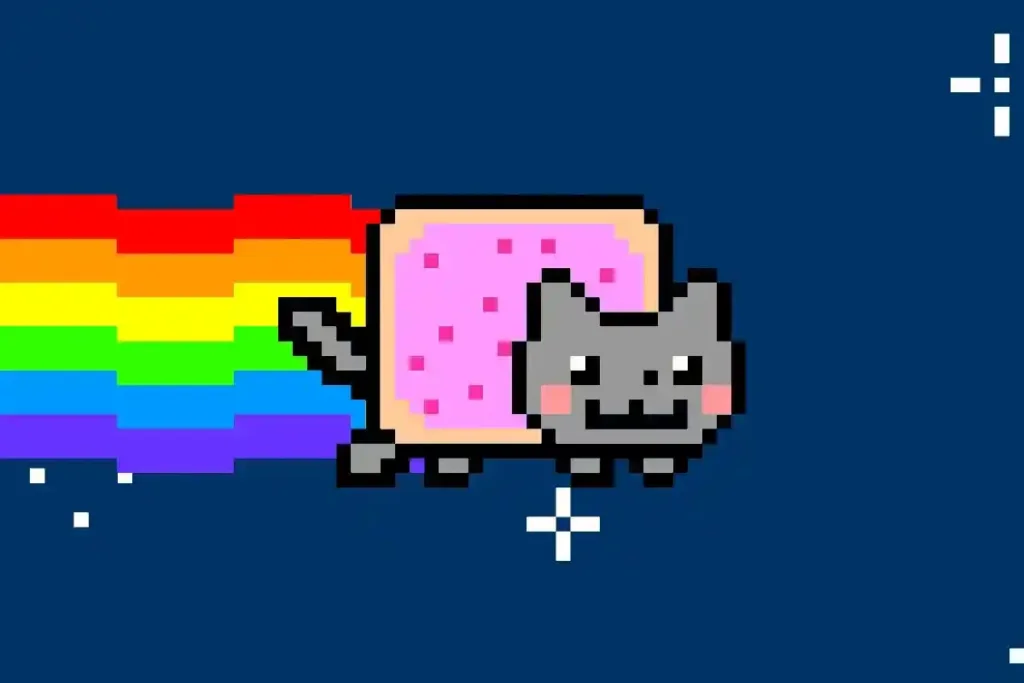
NFT’s meaning is non-fungible token
…And what does that mean? Stay with us.
Non-fungible means original, unique or ‘one of a kind.’ These non-fungible tokens exist within a digital item as encryption that identifies it as the original asset (as in, instead of a copy) on a crypto/blockchain network.
In other words, it’s a digital certificate of authenticity. Like art, the value of a digital asset is subjective and based on curators that understand what to look for. Simply put: it sells based primarily on what other people will pay.
For this reason, these items are considered a rarity. Some are large digital artworks; others are sold as digital collectables like rare trading cards or digital files like tweets or video clips. As an asset on a cryptocurrency network, many also view owning an NFT as a type of crypto investment.
No Copies? At all?
Well… it would indeed be easy enough to take and keep a screenshot of an NFT. There are also NFT minted assets like memes, art and even tweets that others have access to and copies of, and yeah nothing is stopping you from downloading a copy from Google Search too.
It is important to note that these copies still aren’t considered original, and like in the art world, originals are worth a lot more. However, there is also really nothing stopping the creator from flooding the NFT market with flooding the market with multiple authenticated copies and tanking the value of the first initial artwork.
NFTs that make NFTs
There are also NFT items out there that also produce or randomly generate more NFTs to add to all the confusion.
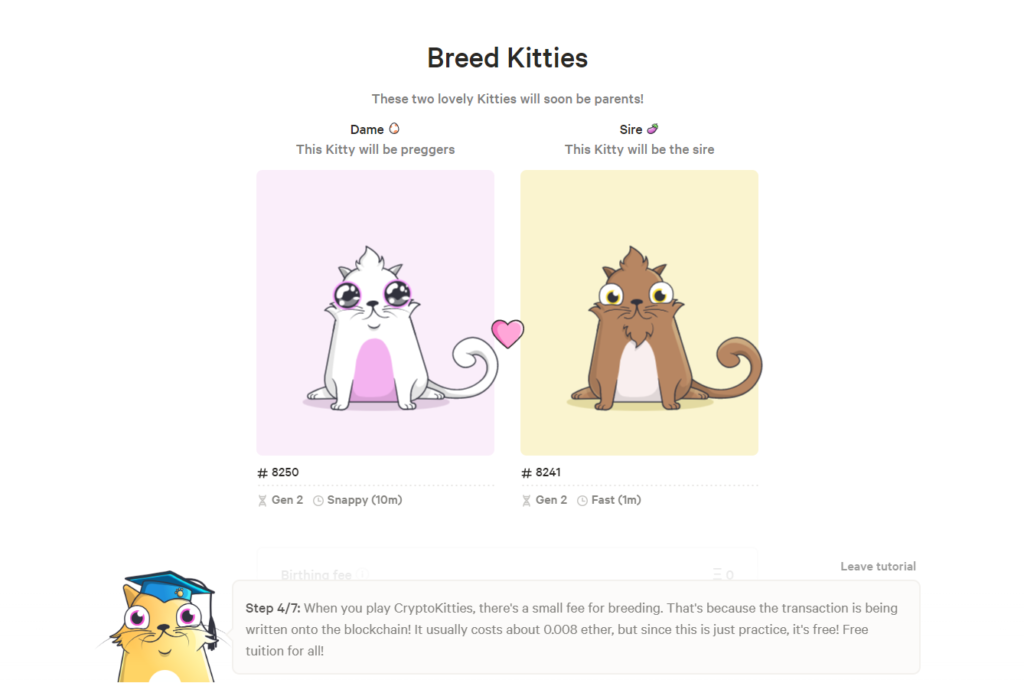
Welcome to Crypto pet care and breeding games. Buy digital cats, make them breed for a fee and then get a new one with randomly chosen shared characteristics that you can sell…you get the idea.
Where are NFTs?
Most NFTs are held on the Ethereum blockchain, where NFTs first began and are still minted.
It was the only location of NFTs, but now, more blockchain networks such as Zilliqa, Flow, Solana, Tezos and Cardano support them also.
As of late April 2022, there were 80,300 NFT collections on Ethereum.
Why the hype? What Does Owning a NFT Mean?
It’s true that anything regarding cryptocurrency or investing will likely get a lot of attention. But NFT encryption’s technology has also done a lot to empower artists and trades for digital art and assets online, which previously had been very easy to copy and download.
For Artists-
The internet has been a fantastic resource for content creators, namely by providing a way for many to exist. However, it has also given room to a lot of theft. Stealing, using, and redistributing digital art and assets have been too easy. We’ve all probably re-used at least one quick image of Google without even attribution in Grade 8.
This didn’t only take dollars from the potential funds that digital artists might have made. But it also watered down the value of the digital item.
It’s still no silver bullet, and according to ArtNew News, NFT sales between $0-$100 are only marginally profitable or come at a loss after fees.
For Art Buyers –
Many also believe the NFT marketplace has rejuvenated a culture of buying art. NFTs also allows artists and content creators to name the owner and transfer them the rights to access, present or resell it as they wish. It gives buyers the guarantee of ownership over a one of a kind item, thus preserving the value and prestige of owning these assets. Others may still own copies, but just like in real life with art pieces the value isn’t the same. Many people can have copies of an artwork by Van Gough but only one person owns the original masterpiece.
Long story short: there’s a lot of clout to be had for owning original NFT works. You also get to support artists with work you are a fan of.
For Art Collectors-
Like any speculative asset, NFTs can grow in value over time. Of course, it’s hard to say for sure what will happen as it can fluctuate with volatility either way (quite like cryptocurrency) but many savvy ‘art collectors’ are going for big blue-chip names like Beeple or celebrities that are churning out collections like Paris Hilton or Justin Bieber.
For Crypto Investors –
Okay, if you’re truly a crypto whizz, you’ll probably already know a great deal about investing in NFTs. But if you’re not, NFT ownership holds more potential for money besides simply resale.
Yield farming is a type of crypto investment strategy where investors earn more crypto tokens by doing more actions within the blockchain (or blockchain marketplace). As NFTs exist on cryptocurrency networks, it was only inevitable that they would eventually become part of this strategy too, in a practice called ‘NFT Farming’. Combining the two ideas, it is what it sounds like.
A majority of the time this involves staking. Effectively, this just means keeping your NFT in the blockchain (which you can also do with cryptocurrency) and earning more tokens as a reward. Similar to how you would earn interest from the money you keep in a savings account. It could also mean investors are breeding CryptoKitties or playing on other crypto-games made on the Ethereum blockchain.
It’s important to note that not all cryptocurrency platforms keep NFTs in cold storage (a safer way to hold crypto) and hence might be more open to security risks.
Famous NFTs
The stories of NFT sales that dominate the internet have often been about digital artworks and collectibles of thousands, or even millions of dollars.
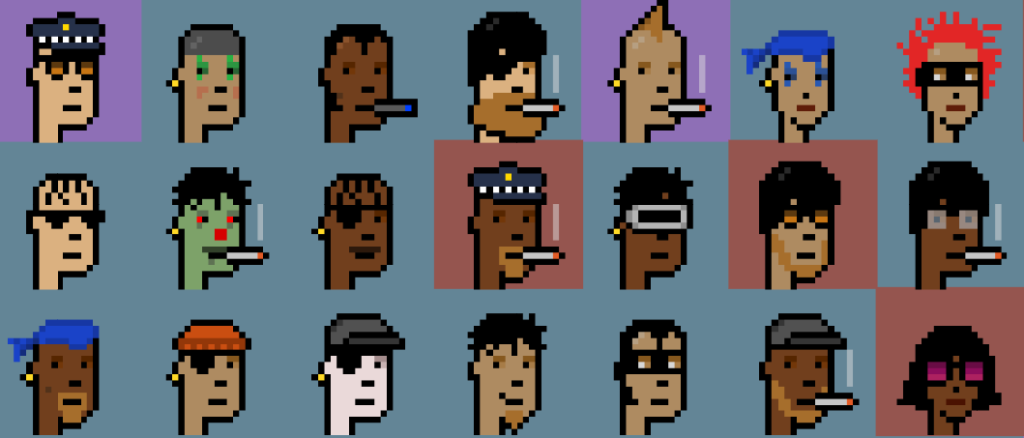
CryptoPunks, one of the earliest and most recognisable NFT collections, was a project run by LarvaLabs on Ethereum that created 10,000 randomly attributed ‘faces.’ Funnily enough, they could once be claimed for free by anyone with a crypto wallet in 2017. Although with their limited supply, they didn’t last long.
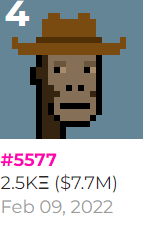
Now this face alone has sold for…yep $7.7M USD.
Another example that you might have seen Jimmy Fallon buying up was the NFT monkeys of Bored Ape Yacht Club.
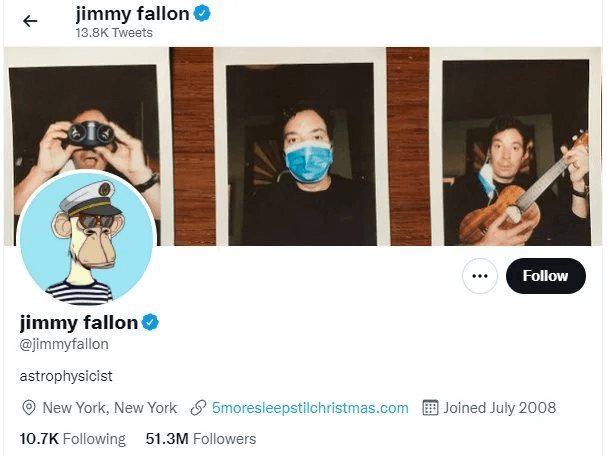
Similar to CryptoPunks and CryptoKitties, Bored Ape Yacht Club is a collection of digital ape artwork collectibles with over 170 programmatically generated characteristics.

It’s not just digital art collections, though. People have been selling memes.

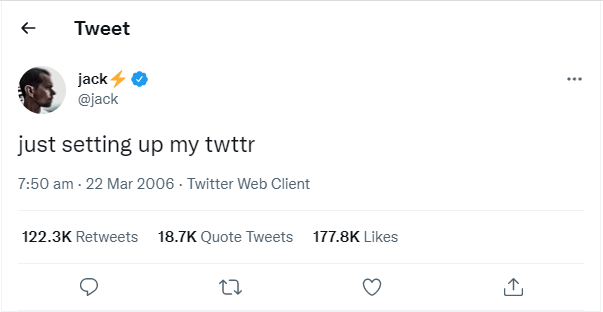
Digital Marketing with NFTs
With all this said, you’re probably wondering…is there a way that I can get in on the action?
We haven’t minted any NFTs per se, but we’ve kept our eye on some of the ways major brands have used NFTs in their digital marketing campaigns to think and brainstorm new ways we can stay on the pulse (or get just a bit ahead of it) for our digital marketing.

As a simple starting point for ideas, brands such as Mcdonald’s, Coca-Cola, and Taco-Bell launched an auction of their own NFT collectable digital trading cards or gifs for charity.

Nike released their own ‘crypto NFT collection’ project with RTFKT, the MNLTLH sneaker series. Each shoe came with a ‘virtual sneaker’ counterpart as an NFT, which could also be used as virtual clothing for an in-game avatar for the metaverse.
It’s possible that in a near future, businesses could be using the underlying technology of NFT encryptions and blockchain ledgers to process a lot more sales transactions online.
The DeFi Movement
If you’re still questioning where all of this blockchain technology arose from and why it’s so popular, a lot of it goes back to decentralisation.
Say that there is only one fish and chips shop in your town. If you want hot fish and chips on a sunny day while outdoors, you’ll need to go to them. When there are many fish and chip shops, you have a lot more options to choose from. But now, if the same person owns all the shops, the power is in their hands. Despite the number of shops, there’s less diversity in options – thus a monopoly or centralisation.
The tech rebels laud cryptocurrency as currency outside of the system of centralised federal reserves that aren’t tied to political decisions. That consequently won’t suffer through inflation from printing more money into the economy.
This is because, while banks operate on a written based ledger where amounts are exchanged and written into the bank’s system, blockchain technology works through smart contracts that are secure, permanent and can be easily authenticated.
Cons of Blockchain Transactions
There are still problems with DeFi and the NFT movement regardless, such as:
- Hot wallets are more sensitive to hackers
- Volatility
- Passwords – You must remember your passwords or security measures, as there is no teller to help you. In fact, a man who attained 241 Billion USD in crypto lost access when he lost the paper he wrote his password on.
- Greenhouse Gases – More carbon is needed to complete each transaction.
The ‘NFT bubble’ – There has been a lot more criticism in recent years that the value of NFTs has been overly inflated and may deflate soon if it hasn’t started already.
How to Buy NFTs
If you want to start your own collection or just look around, it’s not too hard to purchase NFTs.
You want to choose an NFT marketplace such as OpenSea, Axie Marketplace, Rarible, SuperRare, LarvaLabs or Nifty Gateway. Then set up a compatible crypto wallet and add some tokens. Next you can create a log-in, look around and buy some NFTs.
Setting up will also help put you in a position to sell NFTs.
How to Sell NFTs
Create a login for an NFT marketplace if you haven’t already and connect it to a crypto wallet.
Then it’s a process of uploading your digital art, item or asset to the site, selecting a price and paying a ‘minting fee’ or what NFT platforms often called gas to add it to your listing. Large ticket items can go through an auction house online, and that’s where some phenomenal valuations come from.
The part that gets more difficult is understanding what to make and how to use them for your brand.
Have we inspired any new ideas? Or just want to chat?
We’re no experts in NFTs but our team is always looking for opportunities to innovate when possible to align with your business goals.





